As a result of fashion houses making the move to become more sustainable, while paying particular attention to circularity, an abundance of designer deadstock appears on the sewing scene as a way of “creative use” of deadstock. Back in August of 2022, I read an article in The New York Times, written by Dana Thomas, dated August 15 2022, about the fashion industry and the need to re-think past practices regarding fabric.
Romain Brabo, Givenchy’s fabric buyer, co-founded Nona Source, a showroom that collects leftovers from couture collections and makes them available to everyone. Brabo’s mission is to, “Incentivize creative reuse and do so at a super-competitive price.” He further states, “We revalue all our materials, so nothing goes in the trash.” Check out their website https://www.nona-source.com/pages/about-us
As a student of Fashion Design and Sewist, I am excited to have the same opportunity to work with affordable couture fabrics, and by creating with “deadstock” I am part of a bigger picture focusing on recycling with zero-waste as a priority. Deadstock is not dead!



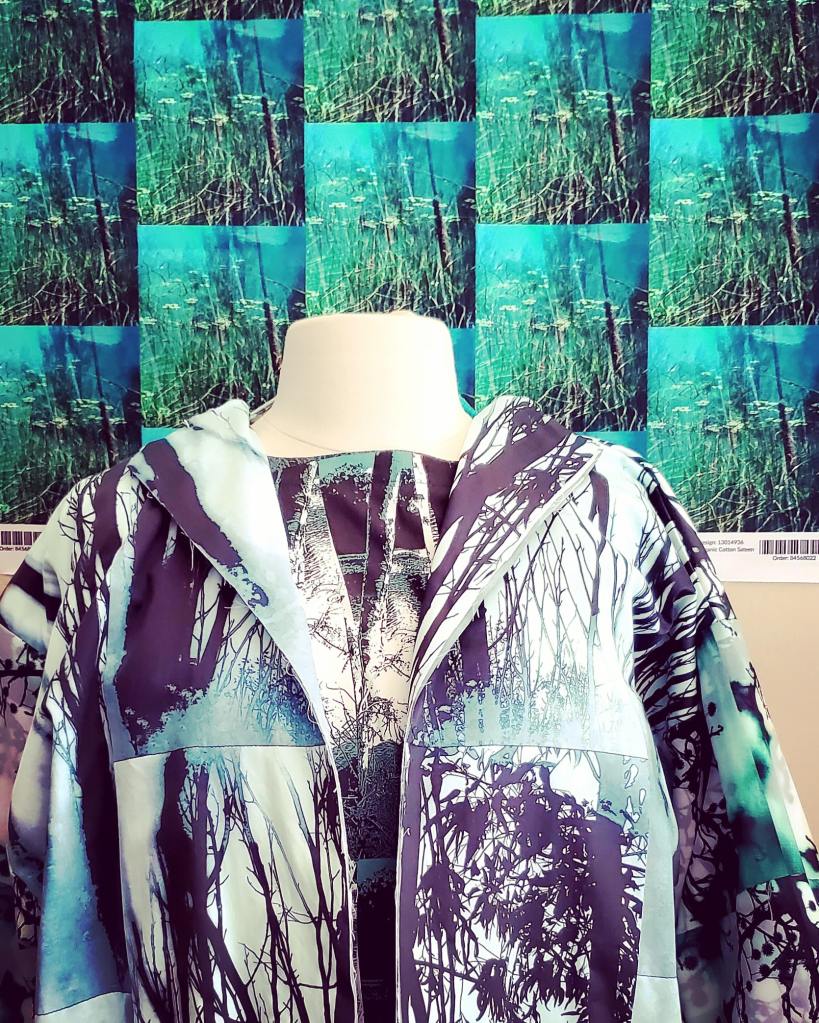
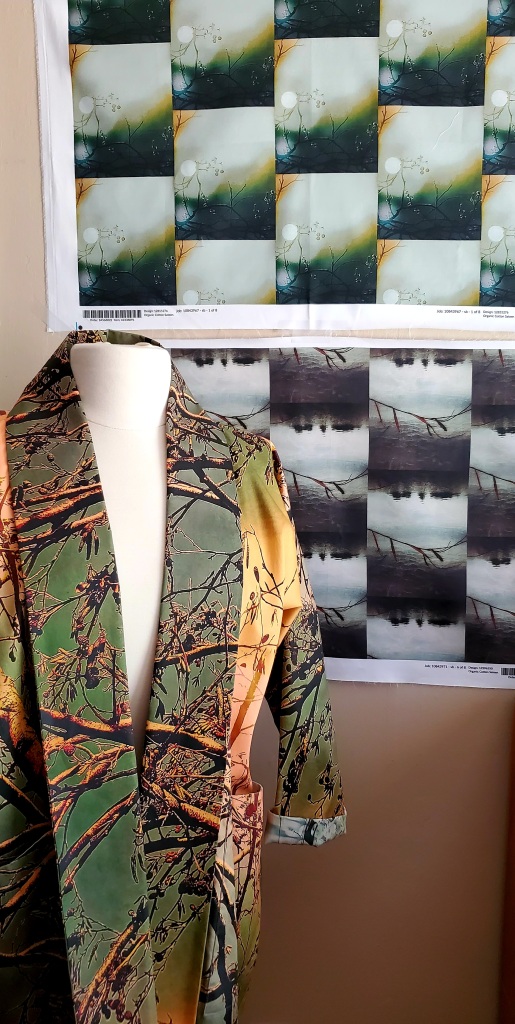





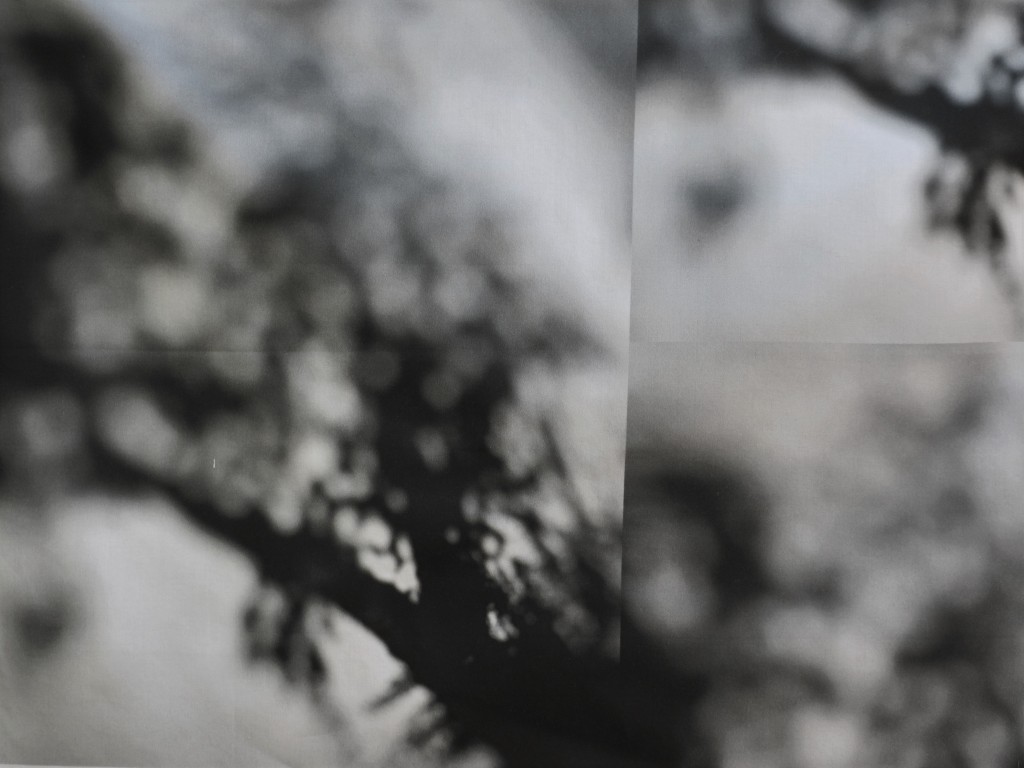


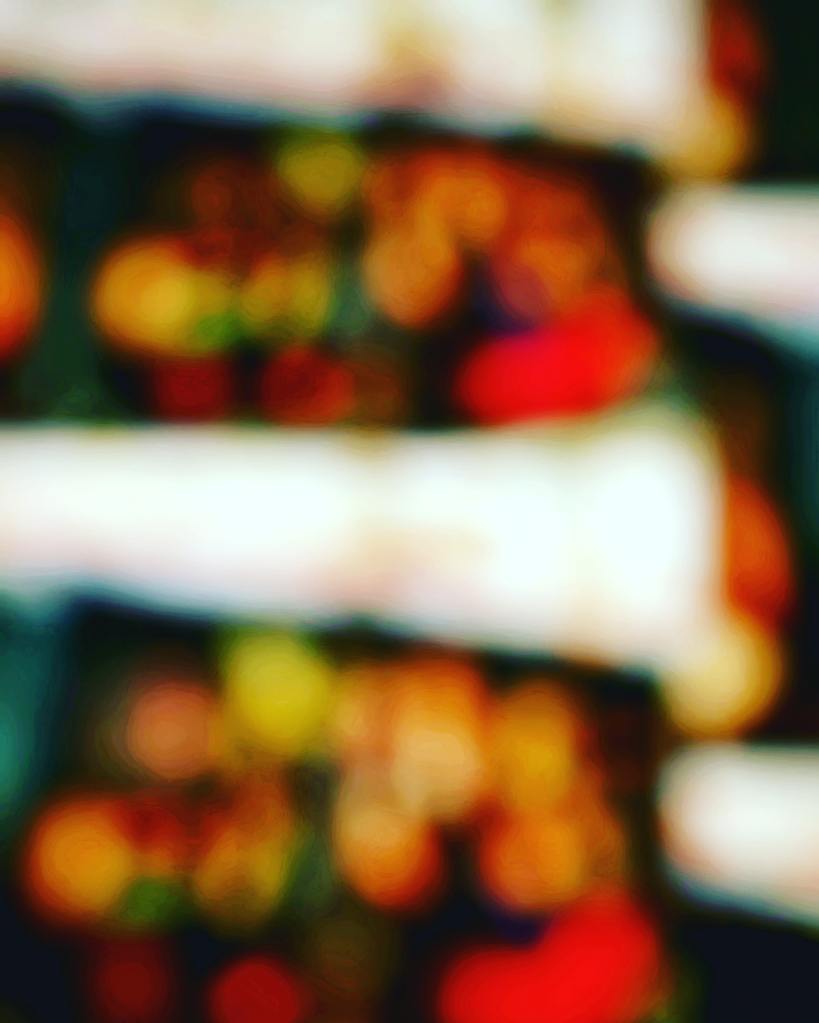
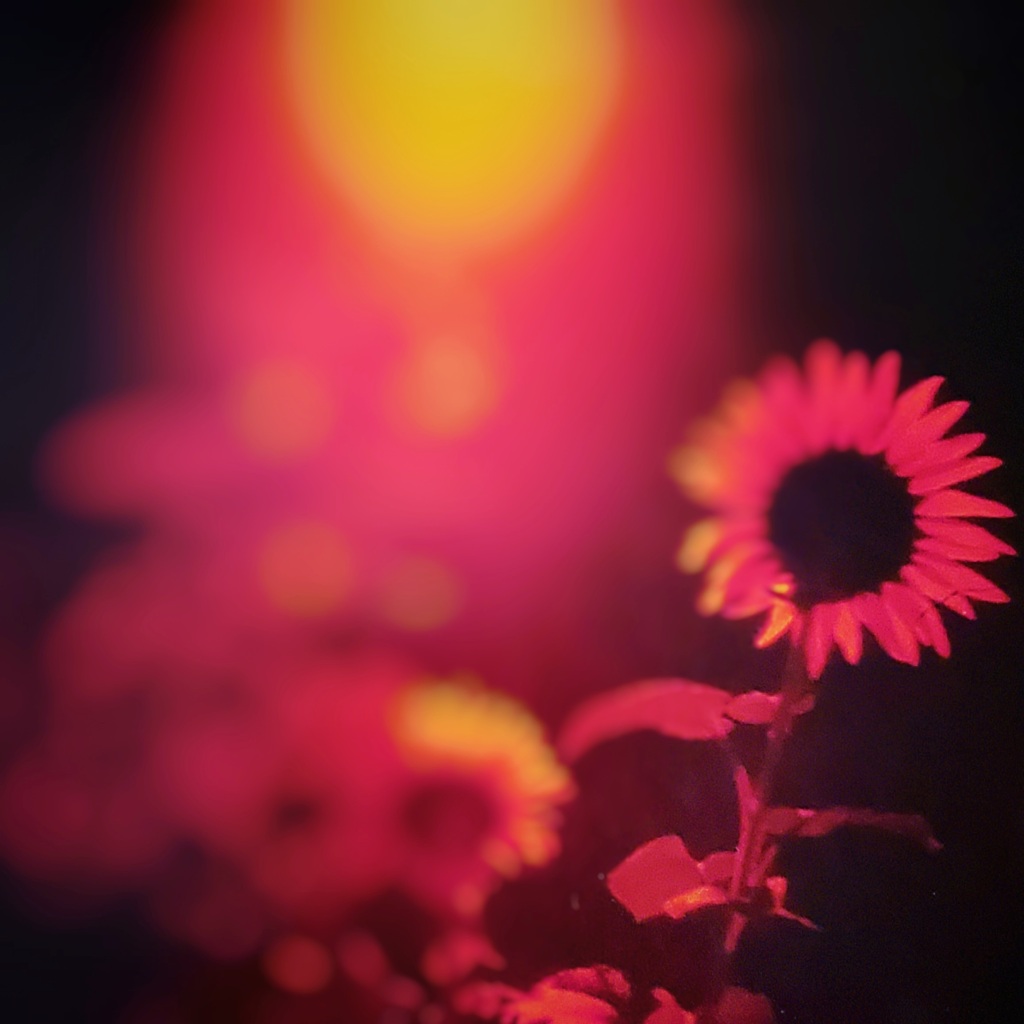






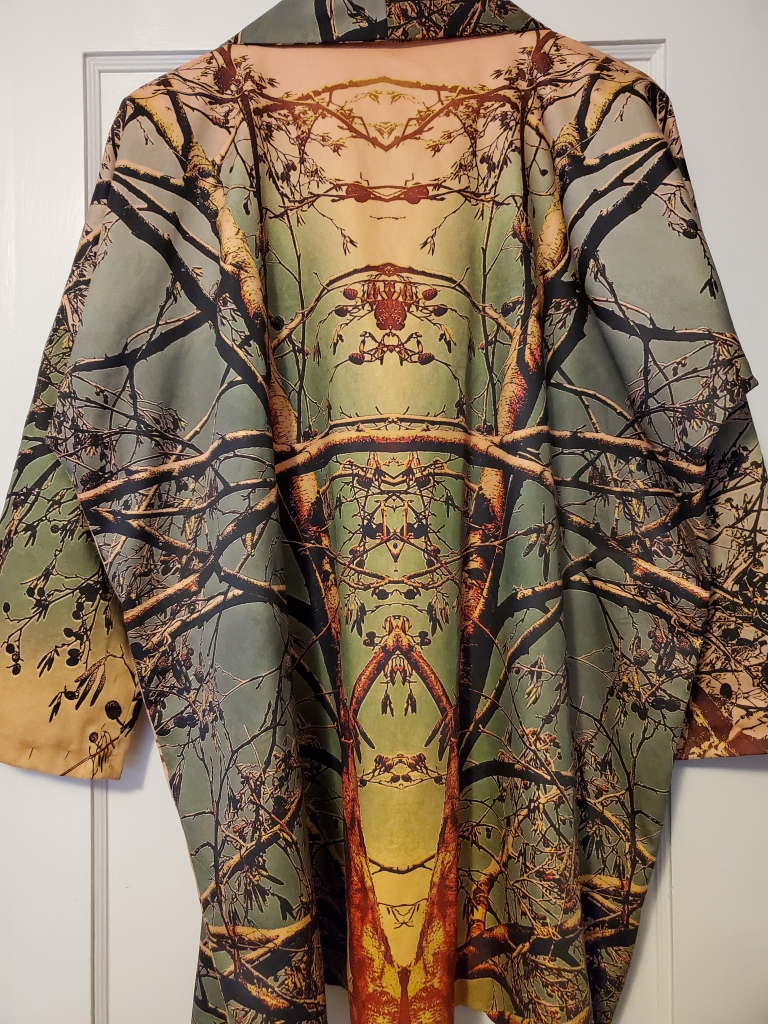
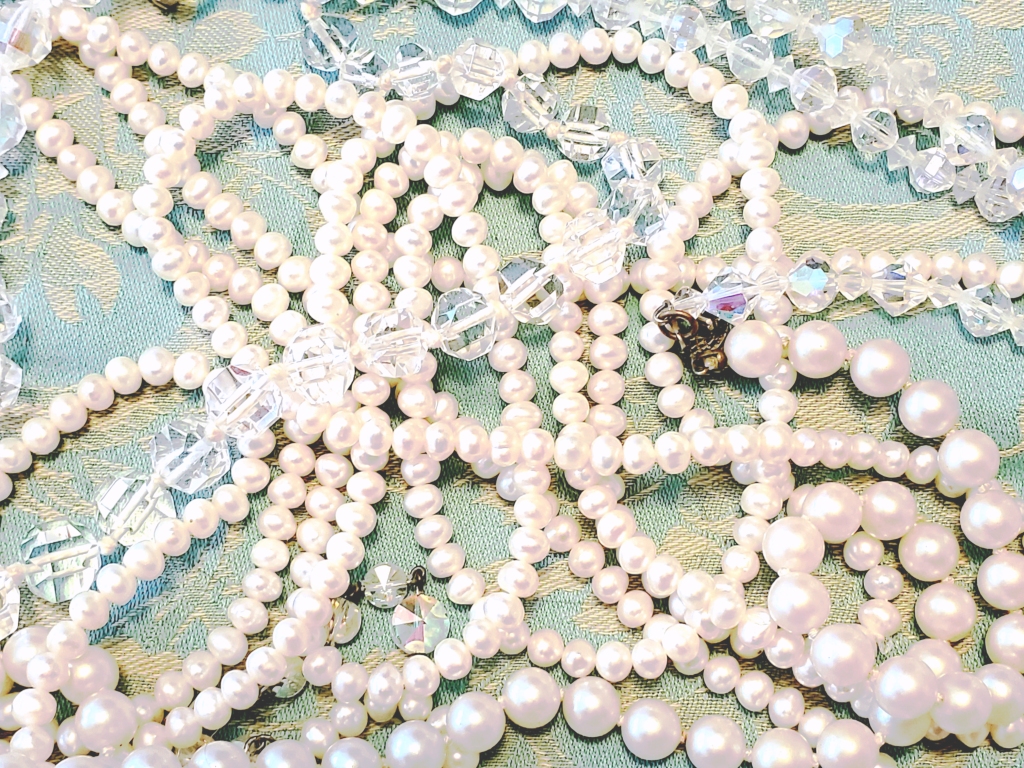


You must be logged in to post a comment.